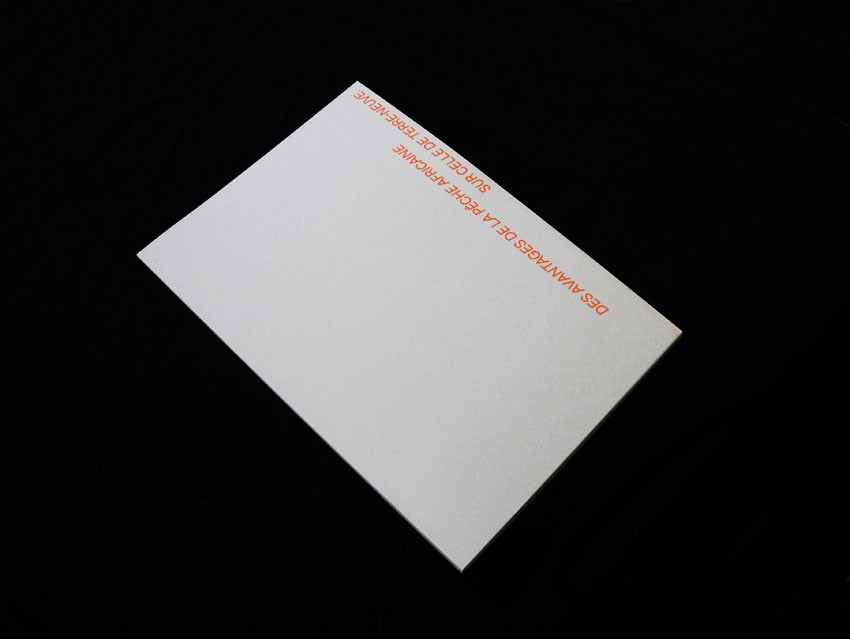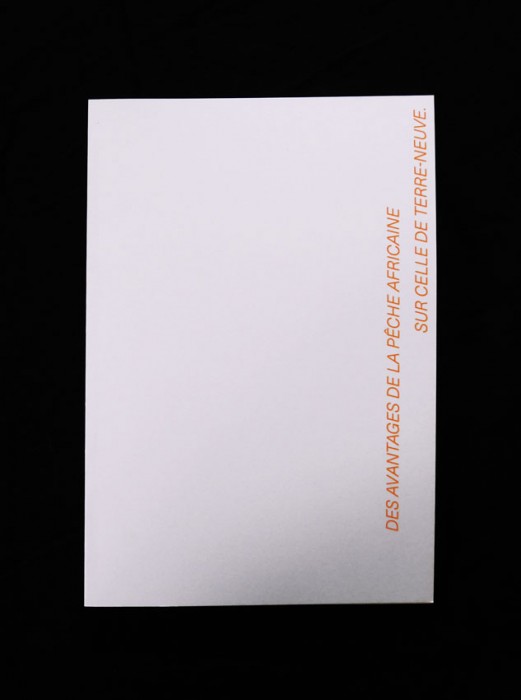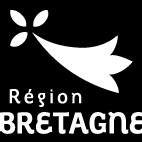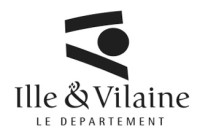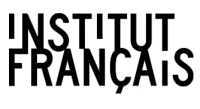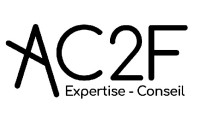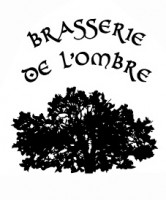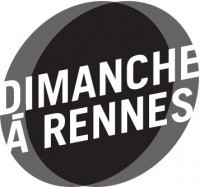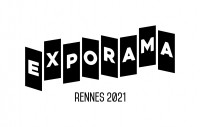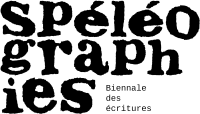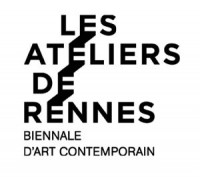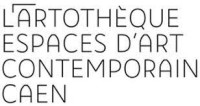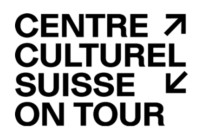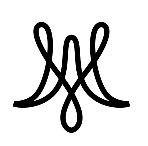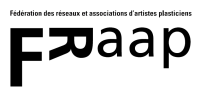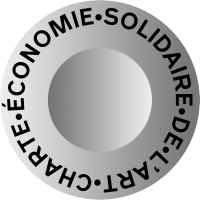Livre - Book / 2018
Des avantages de la pêche africaine sur celle de Terre-Neuve
Benoit Laffiché
Bientôt épuisé !
La pratique de Benoît Laffiché repose sur l’observation patiente d’actions – qu’elles soient individuelles ou collectives -, de gestuelles associées au travail, et en leur captations in situ. Ceci, dans des contextes géographiques et économiques singuliers où la relation à l’autre est centrale. Le regard que pose Benoît Laffiché sur les êtres et les territoires, traduit par l’emploi du médium filmique, est avant tout celui qu’il partage avec autrui : les employés d’une société chargés de déconstruire un cinéma en Inde, le pèlerinage d’un ami indien sur la montagne de Shiva, les habitants de Casamance au Sénégal, par exemple.
Ses recherches, rencontres et déplacements l’ont, depuis plusieurs années, amené à s’intéresser à la pêche traditionnelle. Des avantages de la pêche africaine sur celle de Terre-Neuve présente ainsi une série d’images issues d’un film tourné en super 8 à bord d’un chalutier industriel de pêche à la morue à Terre-Neuve et, en son cœur, quatre doubles pages dédiées à une expédition de ce même chalutier au large de la Guinée-Bissau. L’édition dessine ainsi une archive de ce film, tourné dans les années 1970 par le capitaine du chalutier lui-même* et retrouvé près de 30 ans après sa création. Lignes d’horizons, plans rapprochés sur les mailles du filet, pêcheurs au travail sont autant d’instants partagés ici. Ceux-ci sont rendus sensibles par les altérations induites par les spécificités du médium filmique argentique mais aussi par le temps qui sépare la date de tournage de ces rushs et celle de leur redécouverte. Le titre est emprunté au chapitre d’un ouvrage de Sabin Berthelot, ethnologue et naturaliste français du XIXe, spécialiste des Îles Canaries et de la pêche sur la côte occidentale d’Afrique. Sabin Berthelot y souligne le potentiel économique et humain de la pêche en Afrique de l'ouest.
_
* Ce détail n’est pas sans rappeler l’expérience, à cela près contemporaine, des « Groupes Medvedkine » formés au sein des usines Rhodiacéta à Besançon et, plus tard, au sein de l’usine Peugeot à Sochaux, sous l’impulsion du cinéaste Chris Marker. Ce dernier, après avoir réalisé le film À Bientôt j’espère(1967-68), a permis aux ouvriers d’immortaliser eux-mêmes leur quotidien en leur mettant à disposition du matériel filmique.
Benoit Laffiché’s work is based on the persistent observation of actions (whether individual or collective), of gestures associated with work and of their appropriation in situ. All of this in unique geographical and economical contexts where the relationship with the other is central. Benoit Laffiché's look on human beings and territories – reflected by the use of the film medium – is above all the look he shares with others, like the employees of a company in charge of deconstructing a cinema in India, the pilgrimage of an Indian friend on the mountain of Shiva, the inhabitants of Casamance in Senegal, for example.
His research, encounters and trips from the past few years have brought him to an interest in traditional fishing. Des avantages de la pêche africaine sur celle de Terre-Neuve (“Advantages of the African fishery over the Newfoundland fishery” in English) offers a series of images from a movie shot in Super8 format, on an industrial cod-fishing trawler in Terre-Neuve and, at the heart of it, four double pages dedicated to an expedition by the same trawler off the coast of Guinea-Bissau. The edition shows an archive of the movie which was shot in the ’70s by the captain of the trawler himself* and found nearly 30 years after it was created. Skylines, close-ups on the meshes of the net and fishermen at work are all moments that are shared here. These are highlighted by the alterations induced by the specificities of the film medium but also by the time that separates the date of the filming of the rushes and that of their rediscovery. The title comes from the title of a chapter in a book written by Sabin Berthelot, a nineteen-century French ethnologist and naturalist who is specialised in the Canary Islands and fishing on the west coast of Africa. Sabin Berthelot highlights the economic and human potential of fishing in West Africa.
_
*This detail is reminiscent of the almost contemporary experience of the "Medvedkine Groups" formed in the Rhodiacéta factories in Besançon and, later, in the Peugeot factory in Sochaux, under the initiative of filmmaker Chris Marker.
After making the movie A Bientôt j'espère (1967-68), he provided the workers with film material so they could immortalise their daily lives themselves.
Couverture : impression HUV sur papier Munken print white 300 g
Pages intérieures : impression quadrichromie sur Munken print white 80 g
Co-producteurs : Frac Bretagne
Liens vidéos :
Voir la vidéo
Autres publications de l'auteur :
Le monde entier
Sathish — Alessandro
Travesias Revue #01 - Amamos Latinoamerica
Superfish - le soleil est gris

